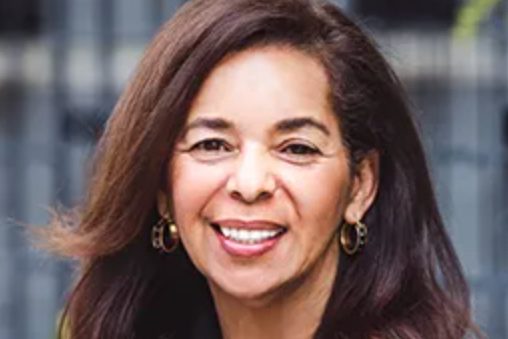
Migraine is a neurological disease that affects 60 million Americans and is the 2nd leading cause of disability worldwide. It is an underestimated, underdiagnosed, and undertreated disease despite its heavy burden. However, communities of color, which have been historically, socially, and economically disenfranchised from research studies and treatment are bearing the brunt of this burden. The American healthcare system is riddled with flaws, and headache medicine is no different.
The racial inequities in headache diagnosis and patient care have been brought to light by the recent increased focus on systematic racism that impacts health equity. Numerous studies have shown that the rates of migraine diagnosis and treatment vary significantly between Blacks, Hispanics, and Whites. Although prevalence of migraine is similar (14.5%, 14.5%, and 15.5% respectively), Blacks and Hispanics utilize healthcare at a disproportionate rate compared to Whites.
When seeking treatment, Hispanics had a lower total number of visits that result in a migraine diagnosis. Blacks with severe headaches are more likely to get a diagnosis of probable migraine, while Whites get a more definitive diagnosis. Because of disparities in the U.S. health care system, migraine is more severe and more likely to become chronic among Blacks and African Americans. This chronification is unfortunately linked with increased depression and disability, and a lower quality of life.
Black, indigenous, people of color (BIPOC) experience stress and adverse health outcomes due to the exposure to racism and racial trauma. A theory, known as race-based traumatic stress, indicates that some individuals experience racial prejudice as psychological trauma. This PTSD-like reaction leads to increased severe headaches and migraine attacks. Research confirms all of these inequities – but an ongoing lack of quality research on BIPOC with migraine means there is still much that is unknown or poorly understood.
The Coalition for Headache and Migraine Patients (CHAMP) and its partners realized that meaningful change was required. They created the Disparities in Headache Advisory Council that has held numerous training sessions and provided seed-funding for new initiatives that promote diversity and equality in headache medicine.
CHAMP is one of many patient advocacy organizations participating in National Migraine and Headache Awareness Month. Every June, we spend the month raising awareness and educating the public via a variety of programs and projects held around the country. The theme for this year is “A New Era of Care,” which reflects the surge of innovation in headache and migraine treatments that are dramatically improving lives.
June 16 is our first Advocacy Day of Action, supporting a U.S. House Resolution designating June as Migraine and Headache Awareness Month, led by Representative Madeleine Dean (D-PA-4th). This resolution addresses the inequities that BIPOC communities face in health access and quality of care. You can show your support by contacting your Representative in Congress and asking them to co-sign the resolution. Take action by visiting: headachemigraine.org/policy-partners/.
@NNPA_BlackPress @DrBenChavis @migrainediva @RepDean







